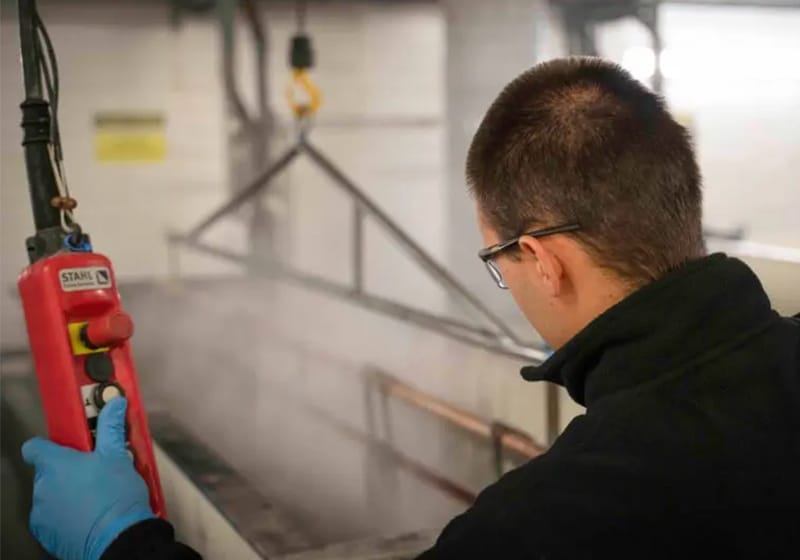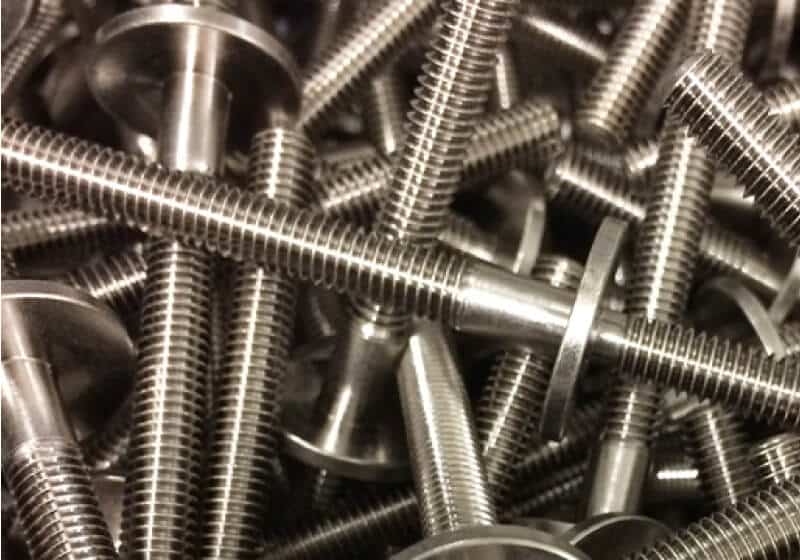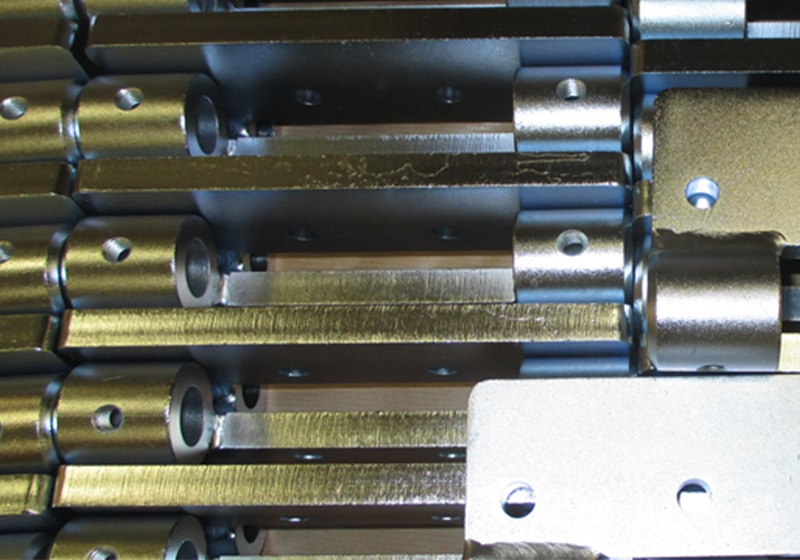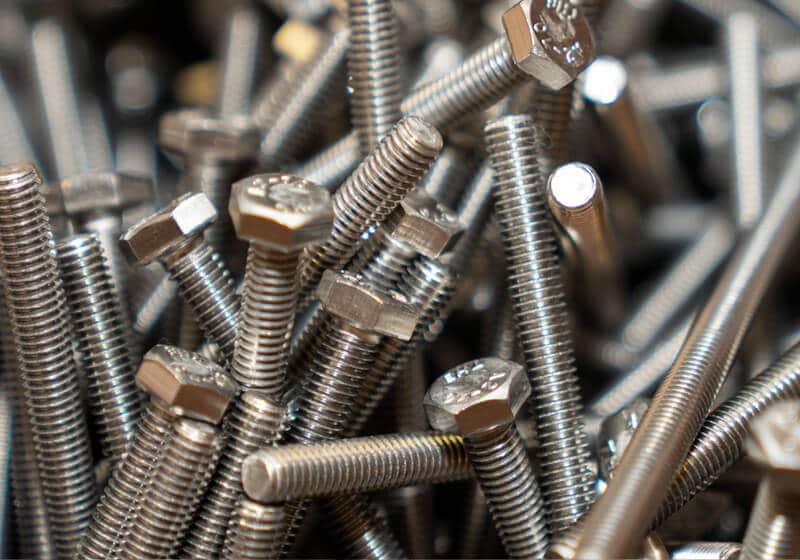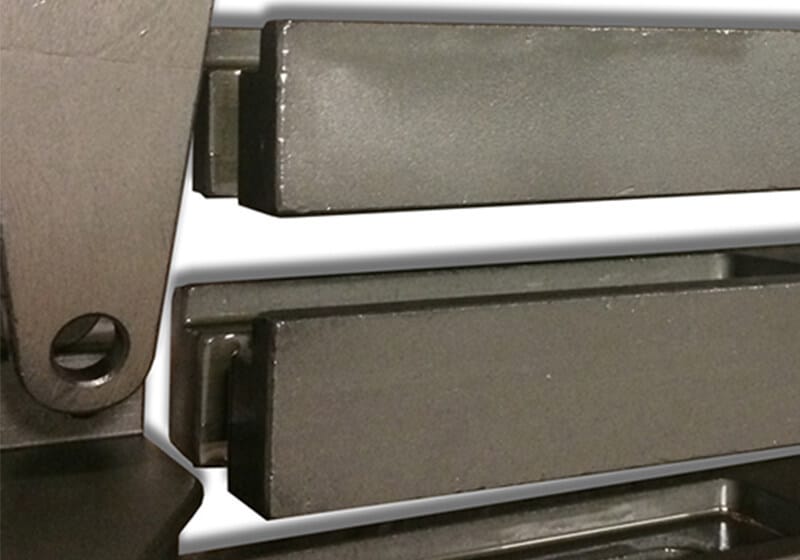
Metal finishing is a generic term that covers a wide variety of coating techniques commonly applied to metal components. In their raw, unfinished form, most metals are not suitable for whatever application they are being used for. While these base metal components (which we’ll refer to throughout this article as the substrate) may have been chosen for specific qualities they have, they need additional traits applied to them in order to do the job successfully.
To gain those extra benefits, the substrate needs to undergo a process of metal finishing.
Types of metal finishing

In this article we discuss some of the most common types of metal finishing and how it improves the substrate for future use.

Perhaps the most well-known of metal finishing techniques, electroplating involves passing an electric current through a bath of dissolved metal solution, into which the substrate metal is submerged. The current passes through the substrate, which serves as a cathode, drawing metal ions from the solution and bonding them to its surface. Various metals can be deposited in this manner, imparting their unique qualities to the substrate.

To an unfamiliar bystander, electroless plating looks very much like electroplating, with the substrate being submerged in a bath of metal solution. The main difference between the two is that the deposition of metal (usually nickel or gold in this instance) takes place by chemical reaction, rather than electrical current.

Passivation involves applying a metal oxide coating to your metal finish. Not only can it enhance the plated metal’s corrosion-resistant properties, it also lets you add colour to the metal to change and enhance its appearance.

Applied exclusively to aluminium, chemical brightening is a finishing process that not only makes the substrate look bright and clean, but also hardens the metal, making it more durable. It’s a three-stage process that involves cleaning and polishing of the substrate, before being dipped into a chemical brightening solution.

While we include it in this list, zinc phosphate and manganese phosphate are not technically finishes. Rather they are used as a primer for paints and other coatings, as well as binding agents for oils, waxes, and lubricants. They can be applied to the substrate via immersion in a phosphate bath, or by selectively brushing onto larger pieces of plate metal.

Iriditing is a non-electrolytic passivation technique that is used extensively with aluminium. By submerging in the appropriate liquid solution, it causes a reaction that forms a protective film across the surface of the substrate. This has great adhesive qualities, as well as being heat and corrosion-resistant, making it popular in engineering projects and the automotive industry, among others.
Learn More About Metal Finishing

This article gives a quick overview, but many of our customers told us they wanted more detail. Over the years we’ve answered countless questions and gained a lot of insight from real projects, so we’ve pulled everything together in a full guide.
It explains what metal finishing is, the main types, the benefits, how surfaces are prepared, and the standards that apply. If you’d like a clearer picture, you can read the complete metal finishing guide.





